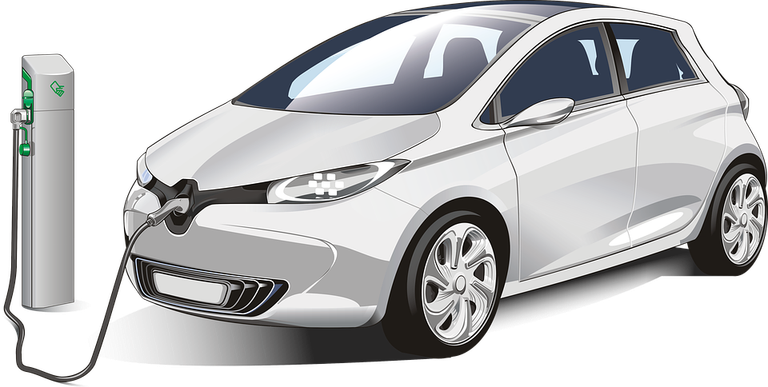Are EVs really meant to save our environment?
Greetings friends!
It’s clear that our planet is facing a major threat from a two-legged species. This species is called humans. With their insatiable greed, they have caused significant destruction to the environment. In response to this crisis, many individuals and governments view Electric Vehicles (EVs) as the ultimate solution to save the planet. For them, EVs are a panacea. However, they often overlook that EVs don’t run on water or air—they require electricity to power their motors, and this electricity, along with the materials needed to build EVs, comes at an environmental cost.
Let’s break it down. We have several methods to generate electricity, including hydroelectric power, wind energy, solar power, thermal power, and nuclear energy. Each of these techniques, while useful, has its own environmental impact. Take hydroelectric power, for example. Building a hydroelectric plant involves constructing dams, which requires massive amounts of resources and large tracts of land. Often, these lands are rich in forests, and their destruction is inevitable to make way for dams, machinery, and transmission lines. Also, their life is not much.
Thermal power plants, on the other hand, rely on burning coal to generate energy, which is not at all eco-friendly. Solar and wind energy are seen as greener alternatives, but they come with their own challenges. Solar energy, while clean, cannot be stored without batteries, which require heavy elements for their construction. The disposal of old solar panels is another environmental headache. Wind turbines, though effective, are large structures that can be damaged by extreme weather, leading to further resource consumption.
In my view, geothermal energy, tidal energy, and nuclear power present better alternatives. However, even these methods are not without their challenges. Geothermal vents and tidal energy sources are often located far from human settlements, making it difficult and resource-intensive to harness their power. Hydrogen fuel cell may be a better alternative in future.
Generating electricity to power our EVs is not as straightforward as it seems. EVs rely on batteries, which are made from materials like lithium. Their motor is made of elements like nickel, and cobalt. Extracting these materials often involves mining in dense forests, leading to significant environmental destruction. Additionally, the lifespan and range of EVs are limited, with their performance declining over time.
In countries like India, frequent power cuts are a common problem. Situation becomes worse during the hot summer months. When there’s barely enough electricity for households, how can people reliably charge their EVs? Currently, there are only a few lakhs EVs in India. Imagine the strain on the power grid if everyone switched to EVs and abandoned internal combustion engines.
Despite these challenges, it’s almost ironic that governments are not just encouraging but pushing the adoption of EVs. Hybrid vehicles, which generate electricity as they run and are more fuel-efficient, might be a more practical solution. Some hybrid cars can travel around 30 kilometers on just one liter of petrol. These vehicles should be encouraged, and perhaps taxes on them should be lowered to make them more accessible. However, it seems that people who run government have their own motives. They are working under the pressure of EV lobbies. More EVs means, dumping of old vehicles and buying new. It puts strain on people while rich get richer.
Conservation of our environment requires lots of things. Vehicles are only a small part of it. EVs cannot save the environment. We have to encourage people to adopt a balanced life. Extreme consumerism must be discouraged.
Thanks!
